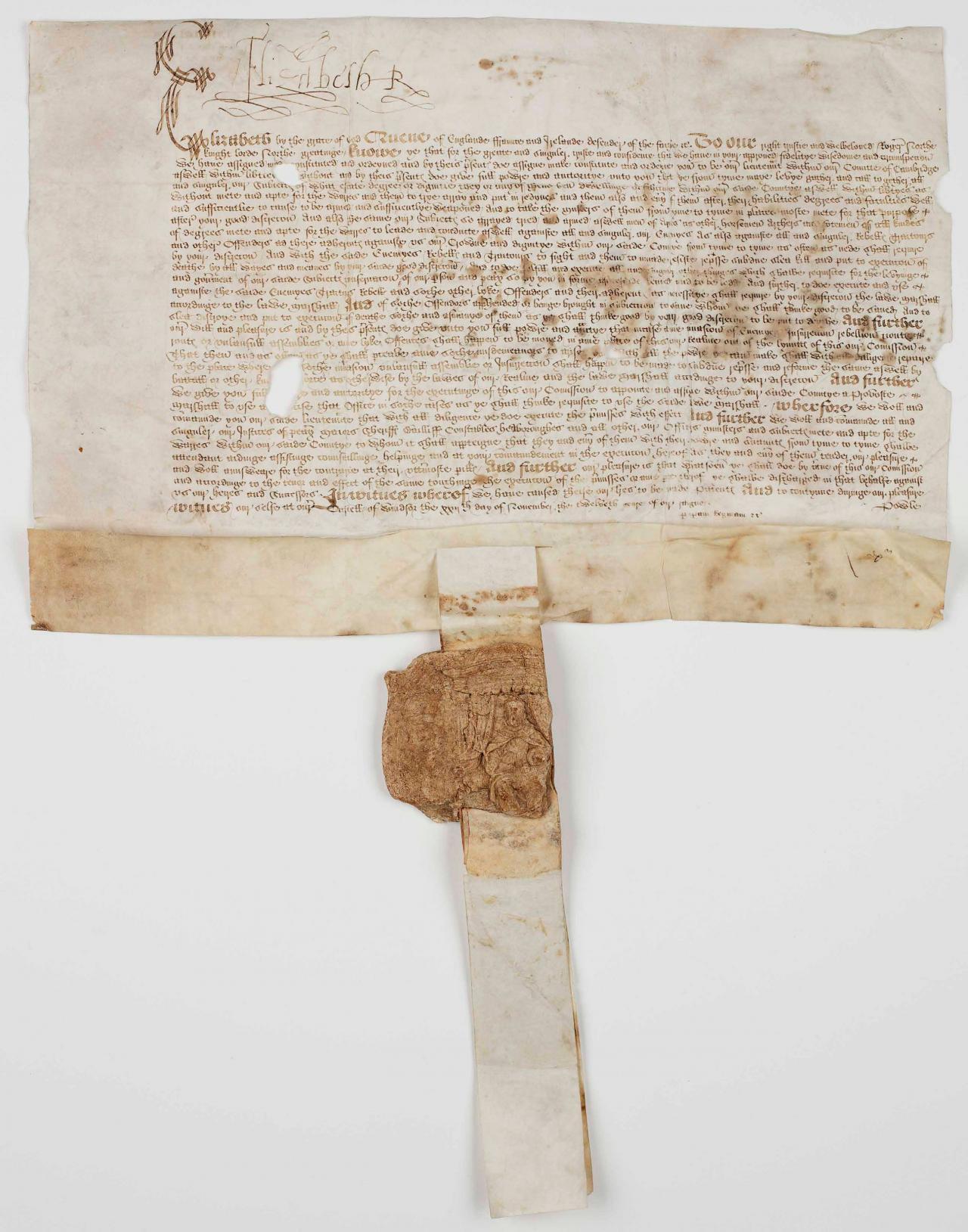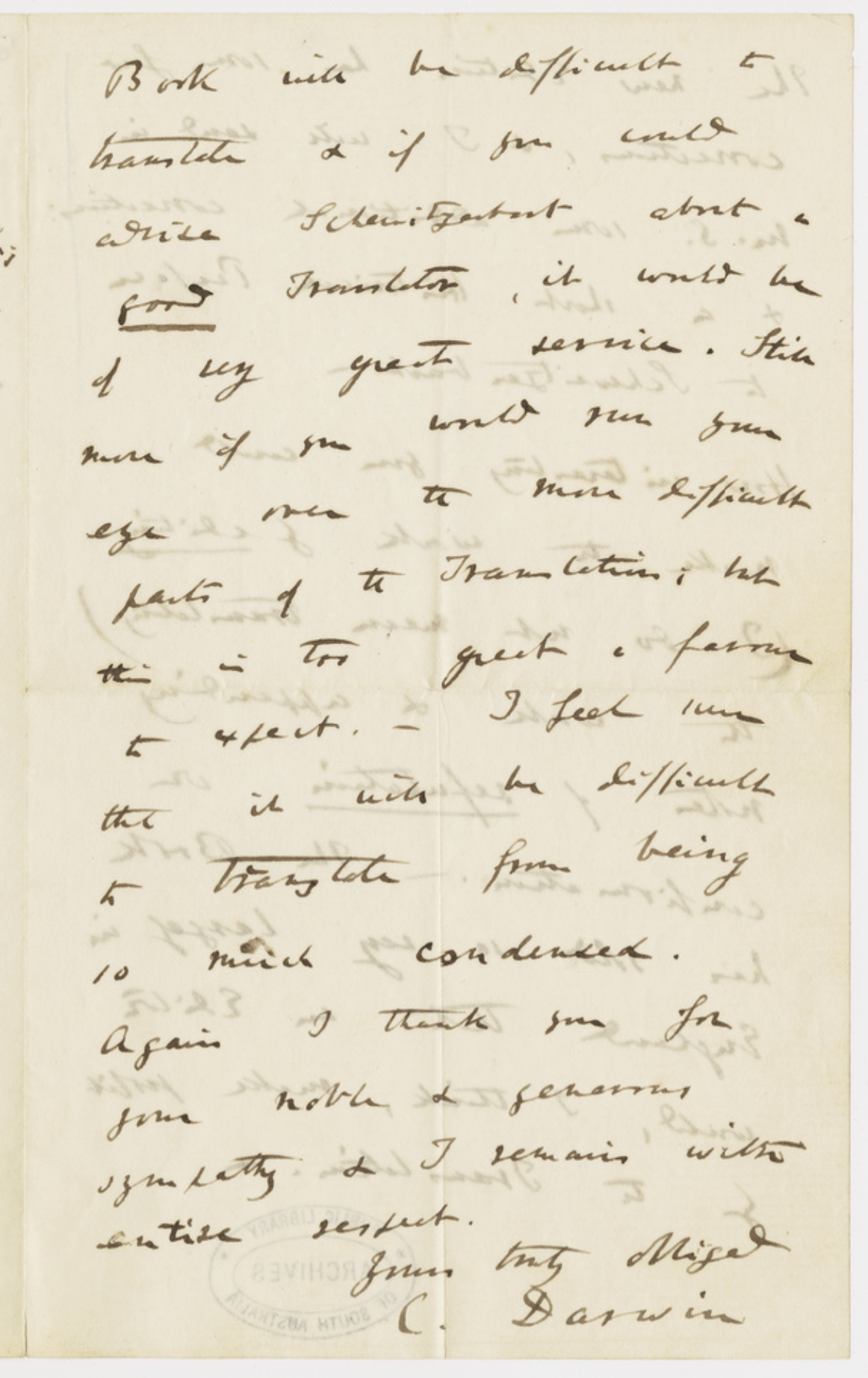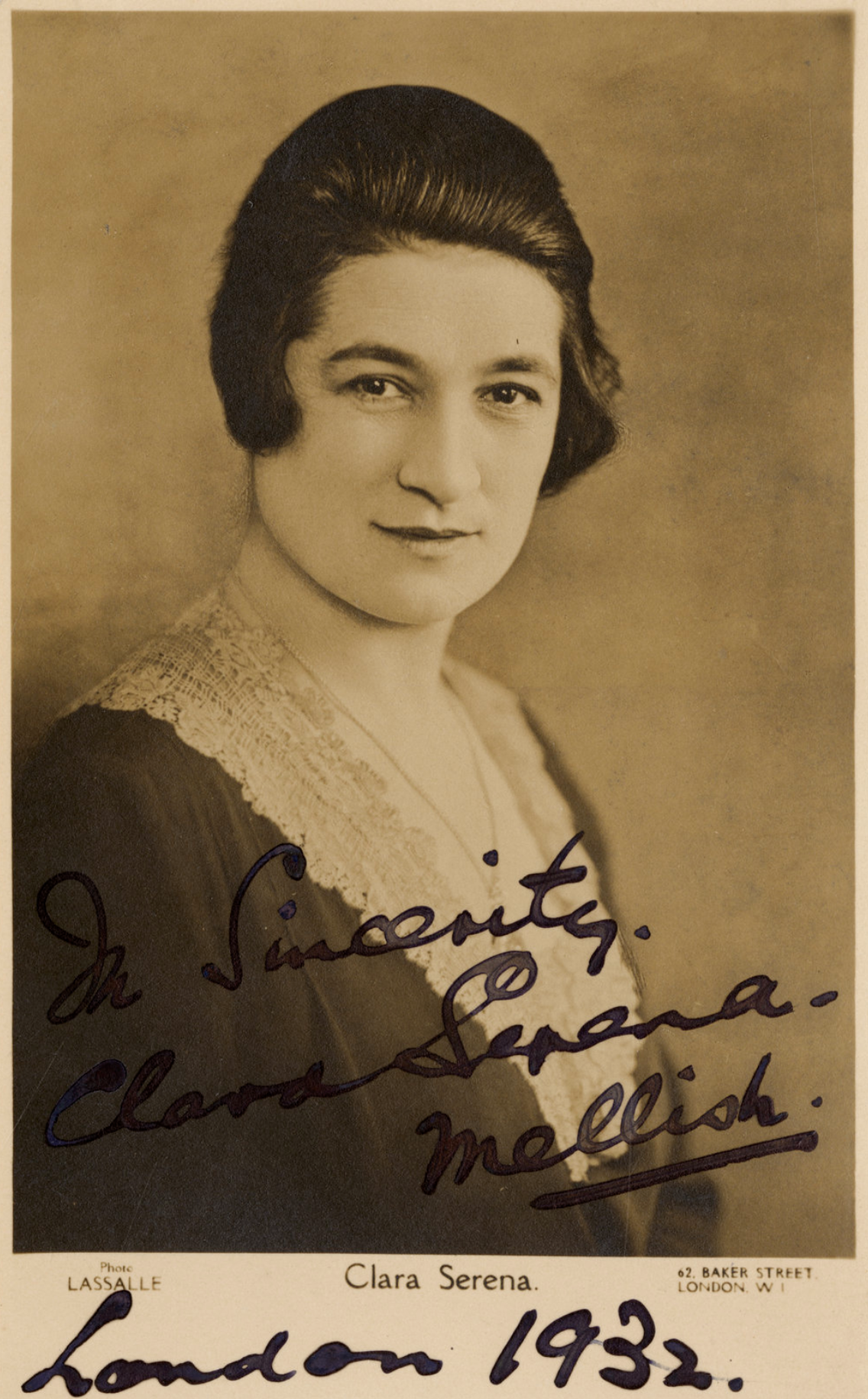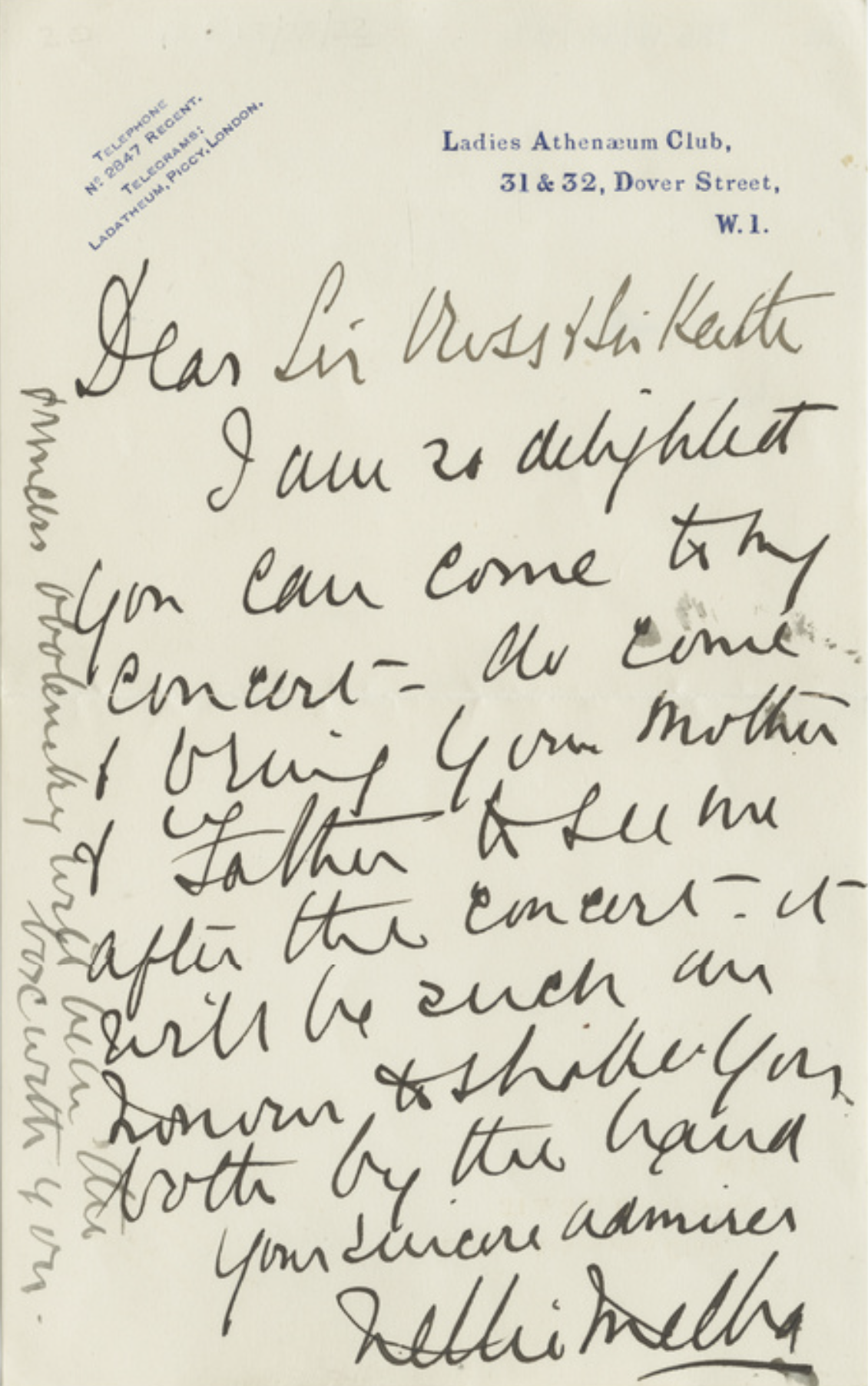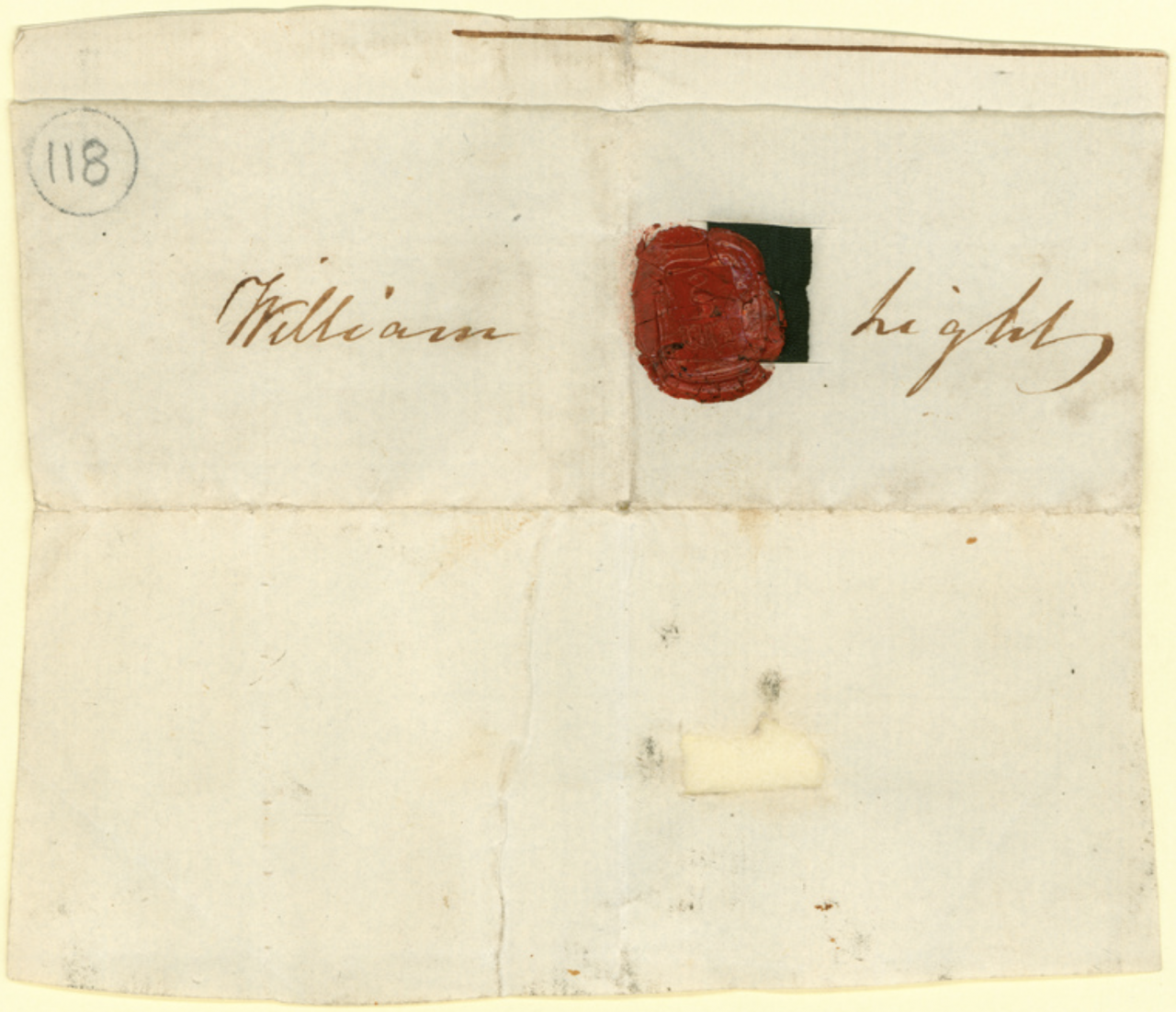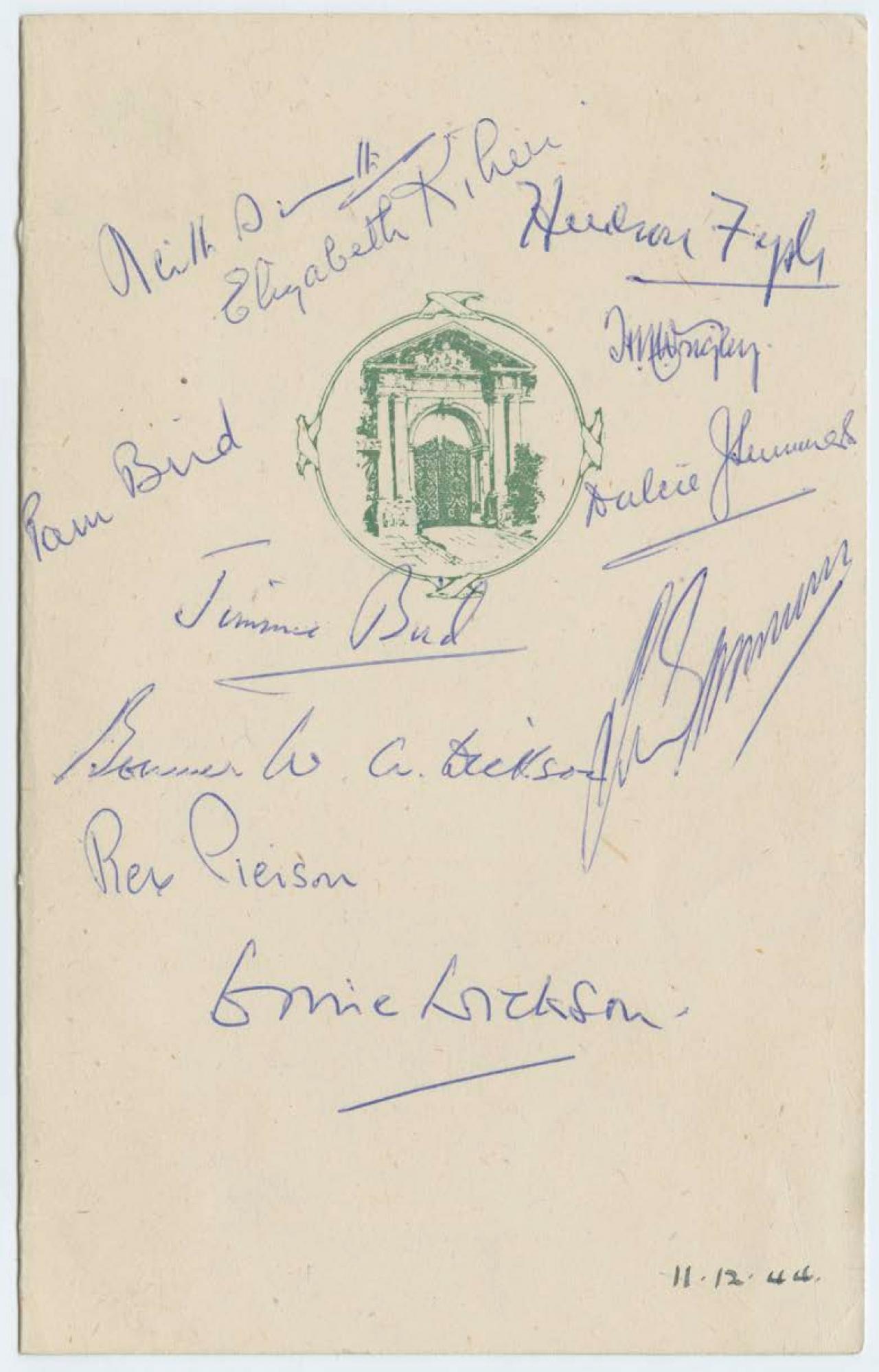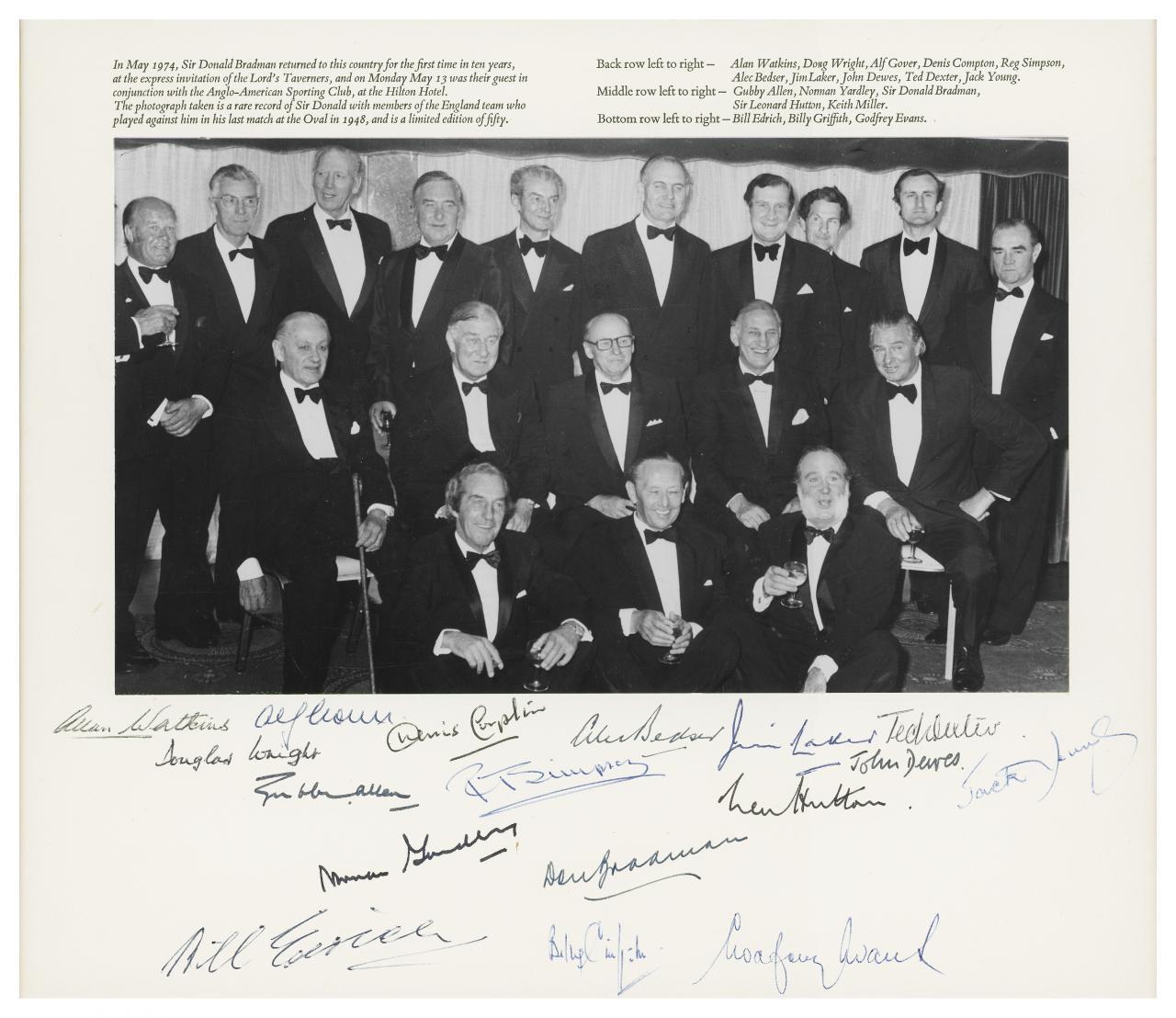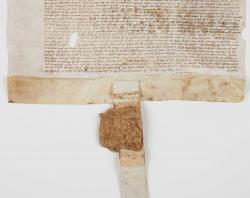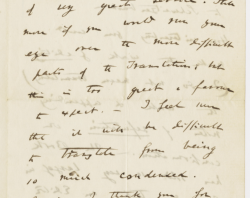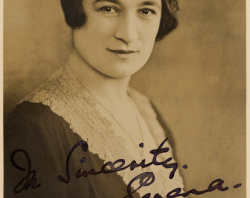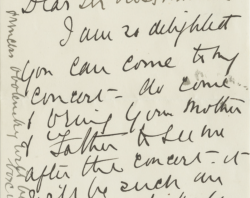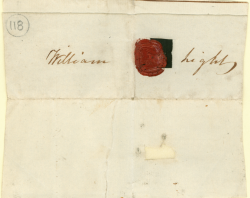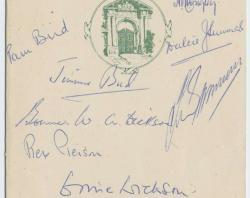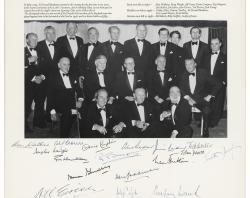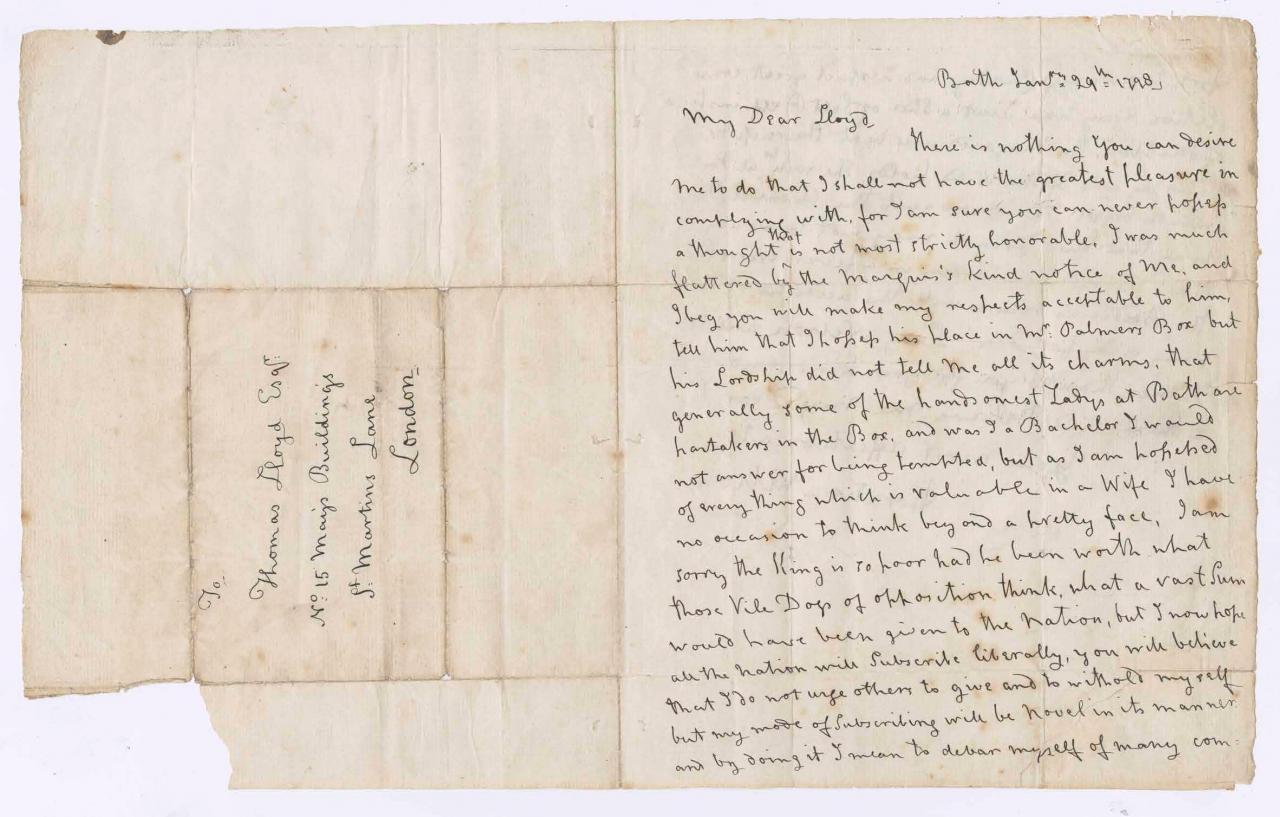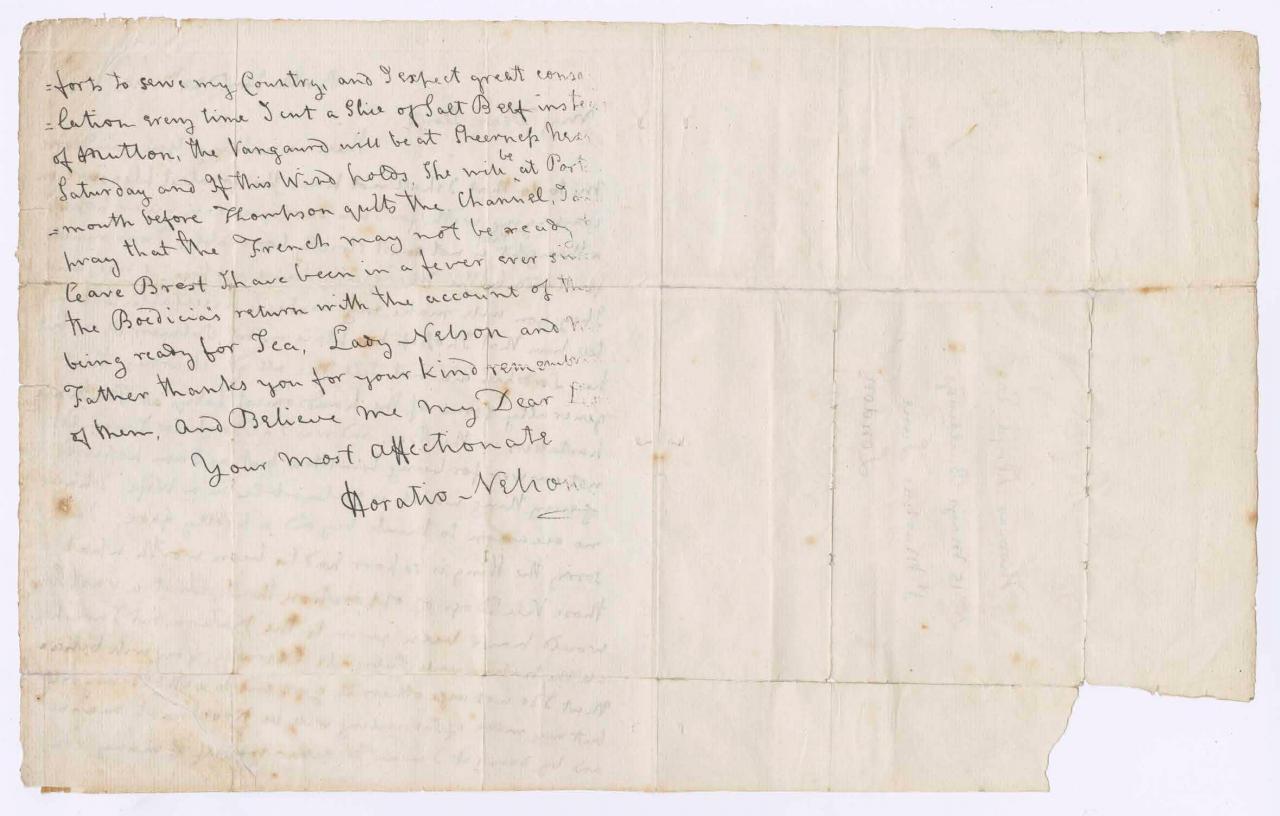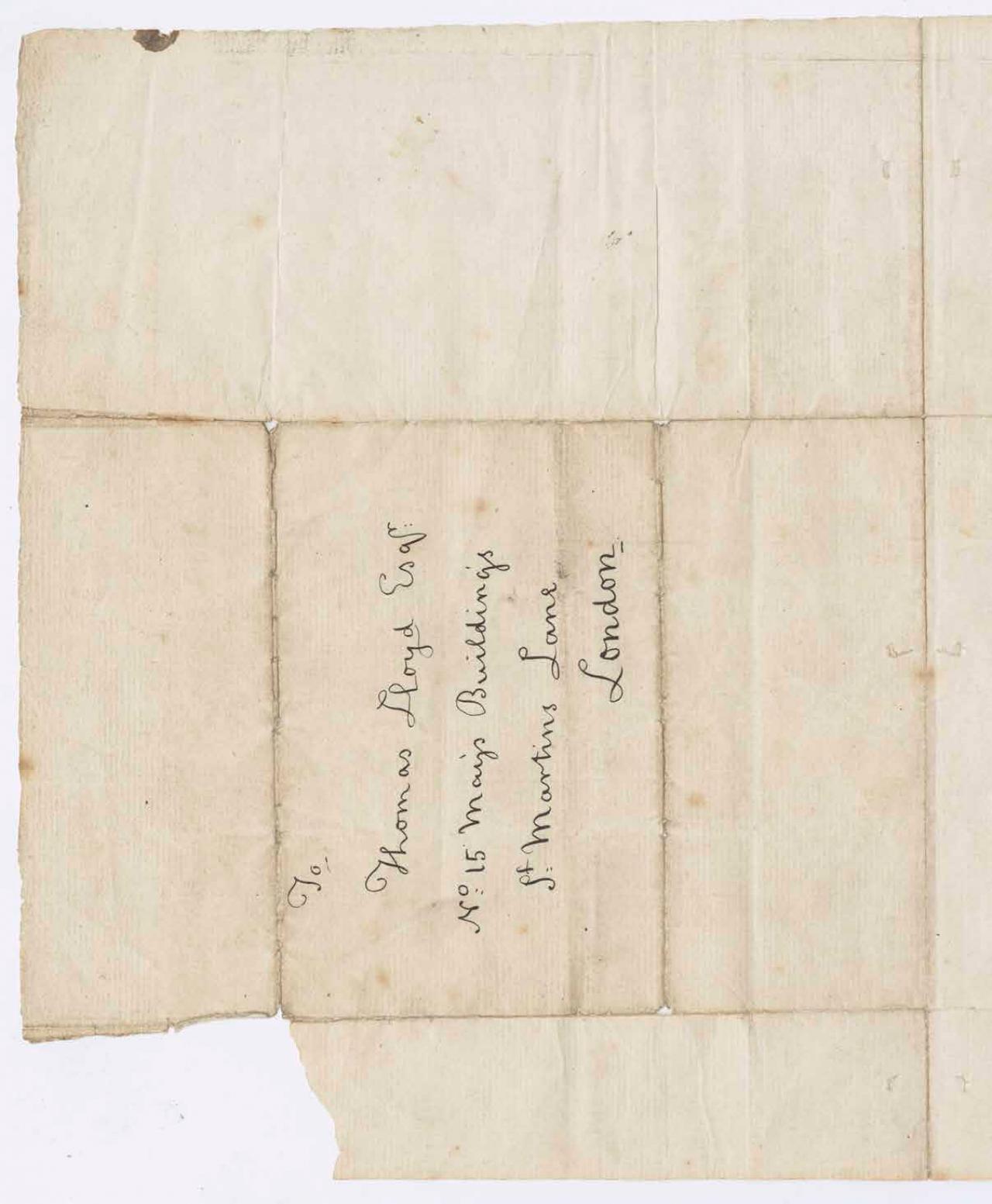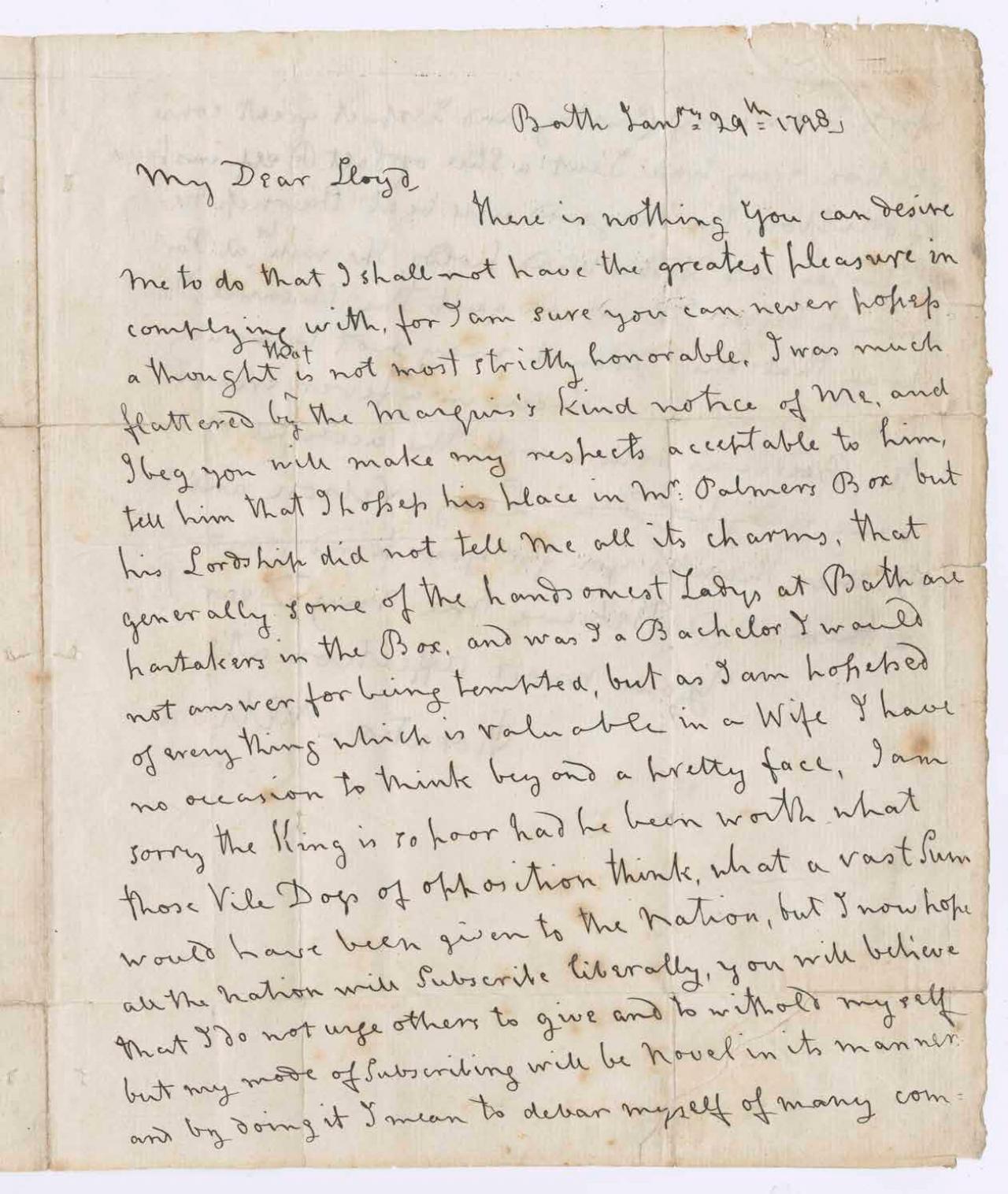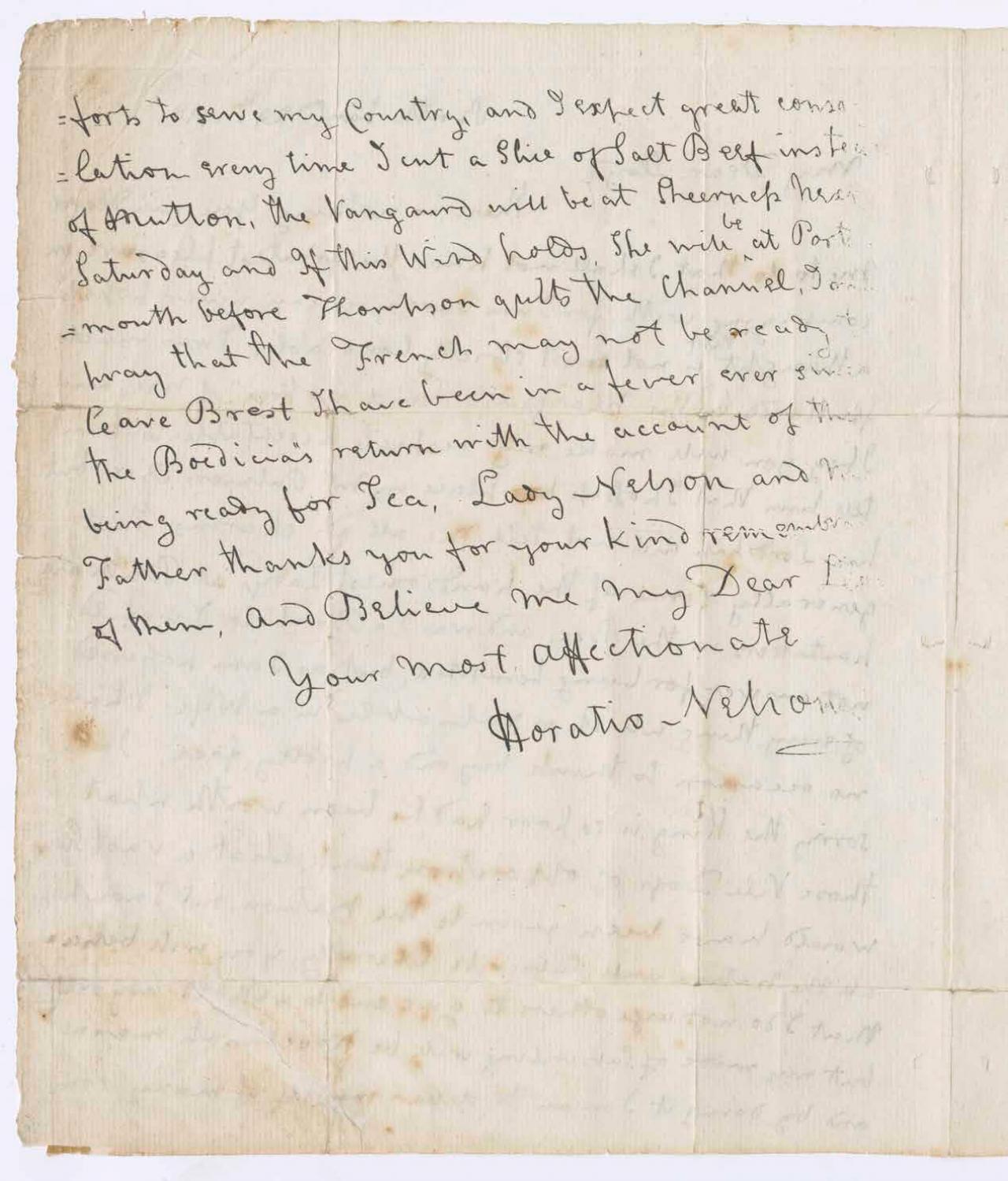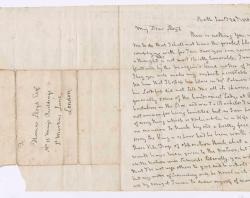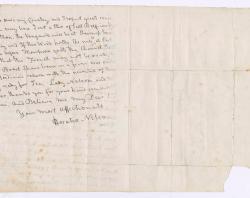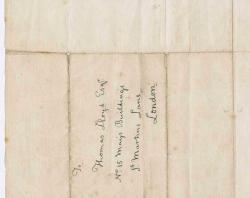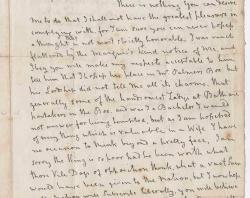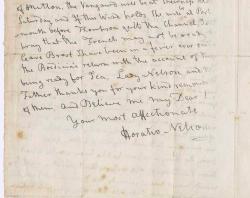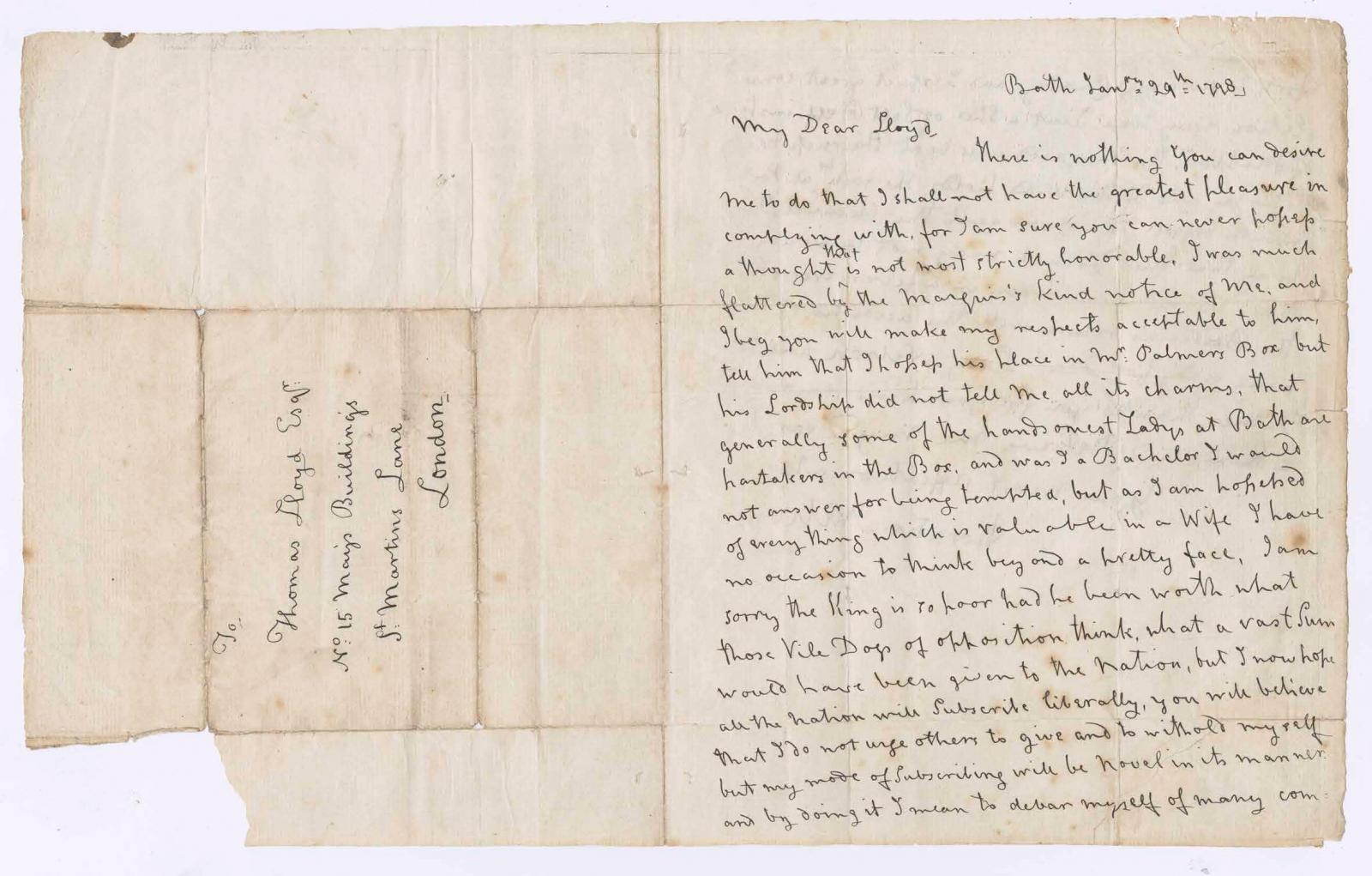
Real or fake: Lord Nelson's letter written in 1798
Find out how the State Library discovered the authenticity of the Lord Nelson letter written in 1798 to Thomas Lloyd.
Planning an exhibition of famous autographs, librarians Mark Gilbert and Anthony Laube listed the obvious names. ‘There’s the Nelson letter,’ Anthony reminded Mark, ‘I think we had better get it catalogued.’ So, the letter which had languished for decades in its brown envelope was conserved and catalogued, placed in the State Library’s vault for precious materials.
But, Anthony pondered, how did the letter from the famous English admiral commemorated by the iconic column in Trafalgar Square, London, come to be in the State Library of South Australia? Was it genuine? An internet search brought up a few duplicates of the letter in collections across the UK and even offered for sale by famous auction houses as originals. Was the State Library’s copy simply a clever copy?
The Lord Nelson letter
A little bit of research revealed the Nelson letter had once been owned by prominent Adelaide businessman Sydney Crawford, whose son Jim was a one-time Libraries Board member and the author of the ‘Crawford Report’ which established school-community libraries in South Australia. As a young man in Melbourne before the first World War, Sydney Crawford had been manager of the Elsternwick branch of the ES & A bank. A regular customer was an elderly man named J.G.T. Horne.
… One day he came to the Bank with quite a roll of old letters from famous people, all originals, and said he would like me to have one. … I selected Nelson’s letter.
Years later, in 1946, Sydney Crawford wrote to the archives of the Royal Admiralty in London querying whether the Nelson letter could be genuine. The Admiralty Librarian replied stating that in the nineteenth-century commercial facsimiles of the letter had been freely available,
The document in your possession may be the original, but is perhaps a facsimile … The facsimiles have no watermark, while it is most probable that the original would have one.
The letter held by the State Library has a watermark – the mark of quality paper woven into the page during the manufacturing process. Individual papermakers had their own, often quite elaborate, watermarks. In fact, a few years earlier librarian Valerie Sitters had researched the watermark of the Nelson letter and discovered that the paper had been produced by James Whatman, a maker of high-quality paper in Kent, between 1748 and 1805.
Prominent paper historian and forgery expert, Peter Bower, visited Adelaide in 2004 as part of a lecture tour, whilst here he visited the birthplace of his great grandmother (who had at one time run away to sea during a bushfire to escape her bossy stepmother!). Peter remained a friend to Anthony, who contacted him about the letter and sent details of the paper and photographs of its watermark.
Peter was excited by the query ‘meat and drink to me’, he said. Peter was able to narrow the date of the paper down to about 1790 and even tell us that the paper was sold in sets of 24 folded sheets. Peter further stated that,
One important detail that I omitted from my previous email is the way the letter is folder and addressed. In the time before envelopes were invented letters were folded in a simple manner that kept the contents private, particularly if, as was common but not found in every letter, the edges of the fold were sealed with a wax seal. The folds in the copy that was withdrawn from the Shrewsbury sale do not make sense, nor does the position of the address, whereas the folds and the position of the address in your copy are absolutely right for a letter with a 1798 date.
Putting together the pieces of the letter’s history with Peter Bower’s expert knowledge, the evidence seemed conclusive: the State Library has a letter written by Horatio Nelson in 1798 –six months after losing his right hand in battle– to his friend Thomas Lloyd.
It is a chatty letter very reminiscent of a Jane Austen novel, describing a night at the theatre in Bath where
‘generally, some of the handsomest Ladys at Bath are partakers in the Box, and was I a bachelor I would not answer for being tempted but as I am possessed of everything which is valuable in a wife I have no occasion to think beyond a pretty face …’
Written by Anthony Laube, Coordinator Collection Development (Published Collections)
About the letter
Creator: Horatio Nelson
Title: Letter from Lord Nelson to Thomas Lloyd Esquire, Bath
Date of publication: 29 January 1798
Place: Bath, United Kingdom
Catalogue record
View on the Digital Collections website
